Category: Development
News
- Articles from Policy & Internet
- Books
- Call for Papers
- Child Safety
- Collective Action
- Conferences
- Democracy
- Development
- Economics
- Education
- Environment
- Ethics
- Governance & Security
- Health
- Interviews
- Mapping
- Methods
- Policy
- Politics & Government
- Publications
- Social Data Science
- Submissions Closed
- Tools
- Video
- Wellbeing
-
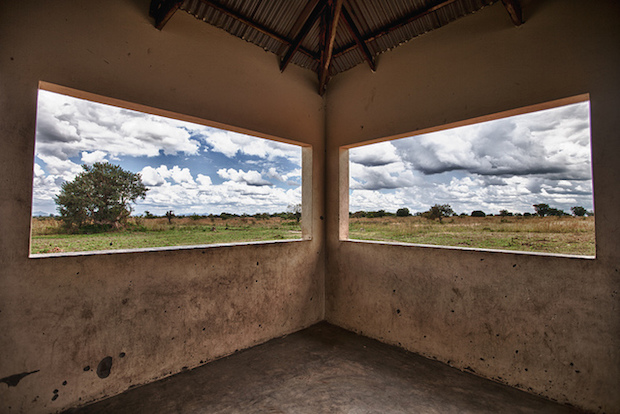
How ready is Africa to join the knowledge economy?
—
in DevelopmentIncreasing connectivity has sparked many hopes for the democratisation of knowledge production in sub-Saharan Africa.
-
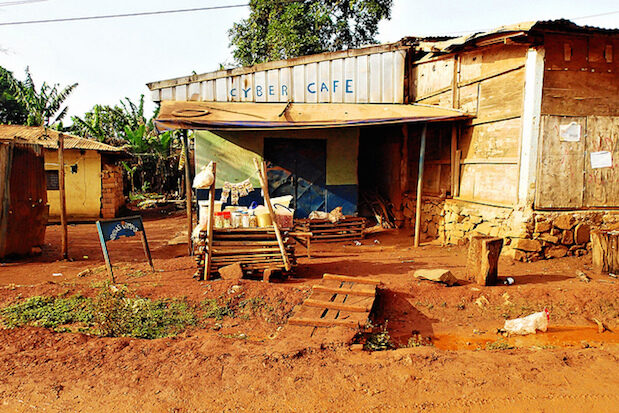
Has Internet policy had any effect on Internet penetration in Sub-Saharan Africa?
—
It is important for policymakers to ask how policy can bridge economic inequality. But does…
-

Why we shouldn’t believe the hype about the Internet “creating” development
—
in DevelopmentDespite the vigour of such claims, there is actually a lack of academic consensus about…
-

New Report: Risks and Rewards of Online Gig Work at the Global Margins
—
in DevelopmentThe report poses questions for all stakeholders regarding how to improve the conditions and livelihoods…
-

What Impact is the Gig Economy Having on Development and Worker Livelihoods?
—
in DevelopmentReflecting on some of the key benefits and costs associated with these new digital regimes…
-

Current alternatives won’t light up Britain’s broadband blackspots
—
Satellites, microwaves, radio towers – how many more options must be tried before the government…
-

A promised ‘right’ to fast internet rings hollow for millions stuck with 20th-century speeds
—
Tell those living in the countryside about the government’s promised “right to fast internet” and…
-
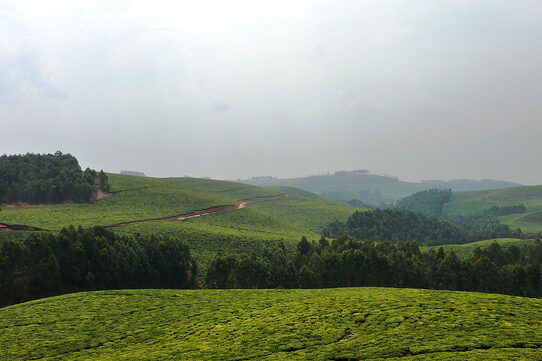
Examining the data-driven value chains that are changing Rwanda’s tea sector
—
in DevelopmentWhat role is new Internet connectivity playing in changing these sectors—which are often seen as…
-
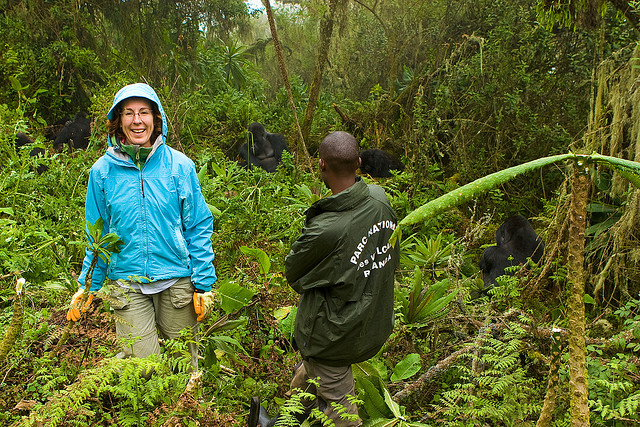
Why haven’t digital platforms transformed firms in developing countries? The Rwandan tourism sector explored
—
in DevelopmentHave Rwandan firms been able to access online platforms? What impact has access to these…
-

Broadband may be East Africa’s 21st century railway to the world
—
The excitement over the potentially transformative effects of the internet in low-income countries is nowhere…
-

Investigating virtual production networks in Sub-Saharan Africa and Southeast Asia
—
This mass connectivity has been one crucial ingredient for some significant changes in how work…
-
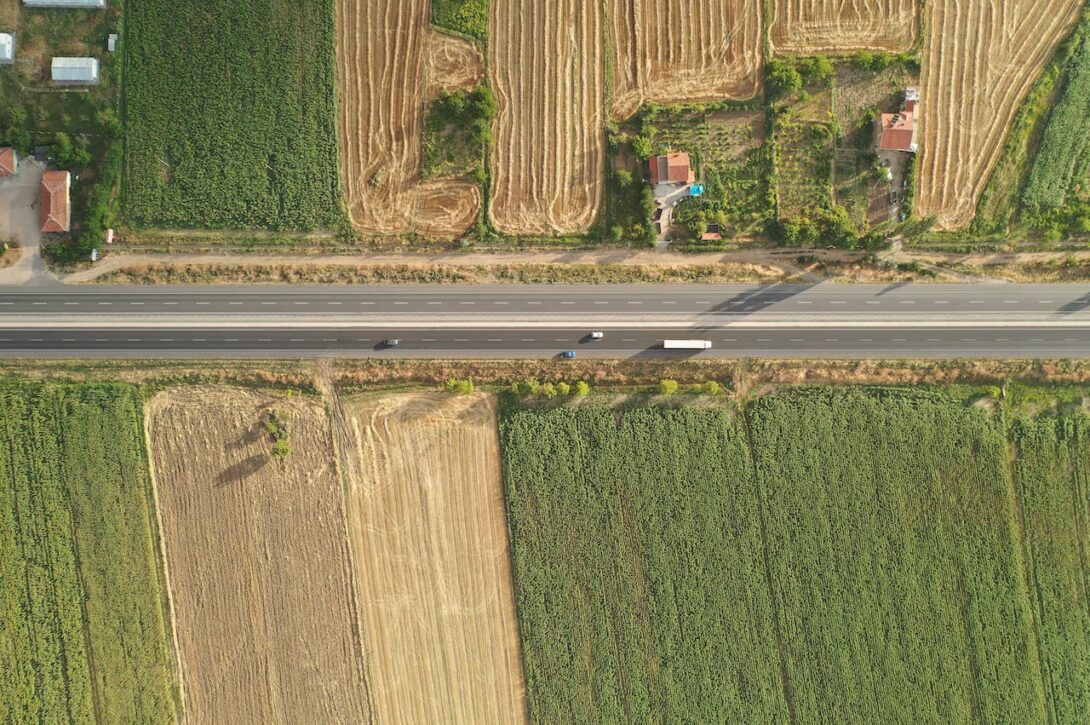
Outside the cities and towns, rural Britain’s internet is firmly stuck in the 20th century
—
The quality of rural internet access in the UK, or lack of it, has long…